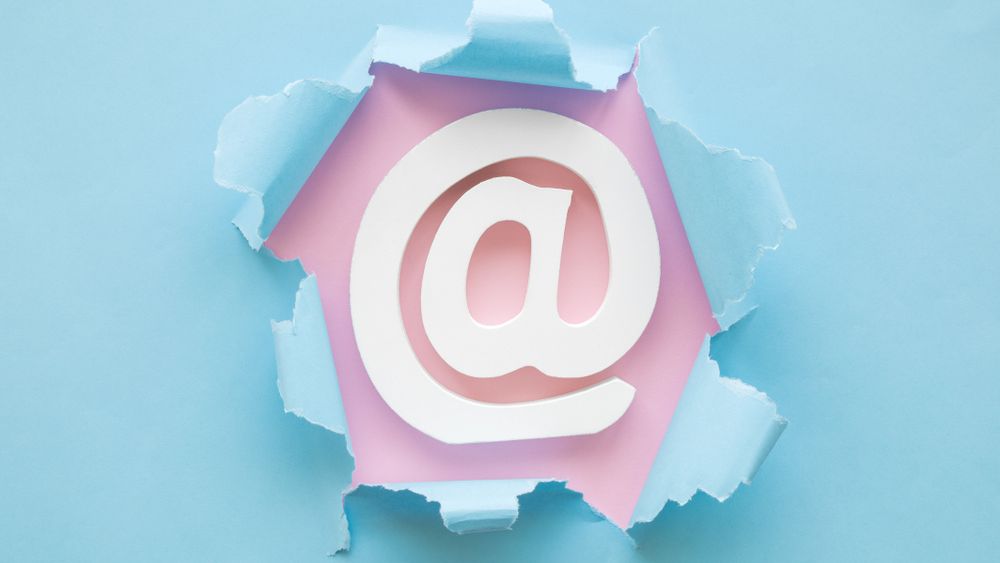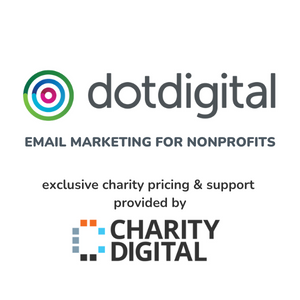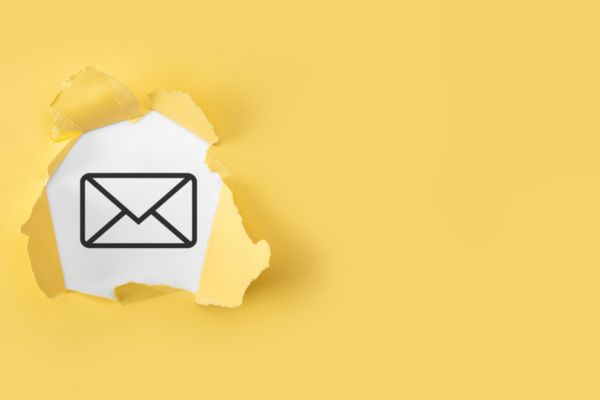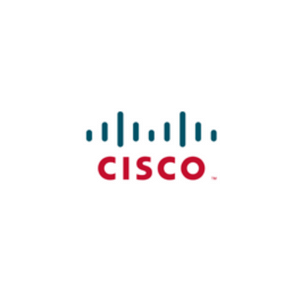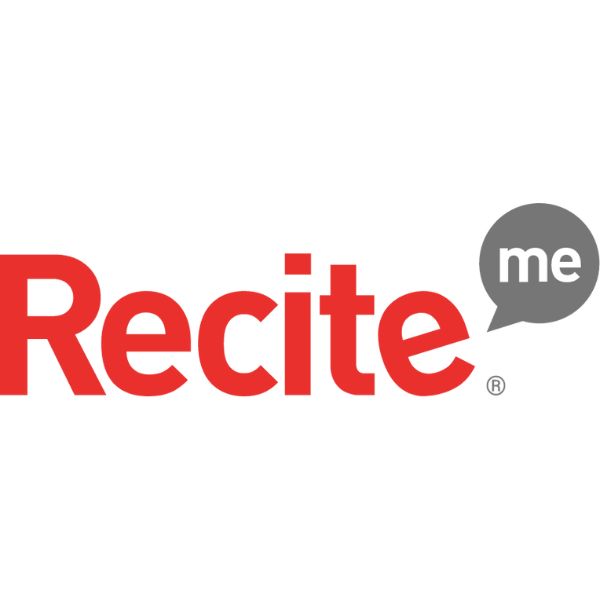Insights
INSIGHTS
All Topics
The major changes to email in 2024
16 Apr 2024by Ioan Marc Jones
Gmail and Yahoo have imparted significant new standards for high-volume email senders. The new standards serve to enhance email, ensuring better practice for all parties involved
Gmail and Yahoo have announced new requirements for bulk senders of emails. Both major platforms have said the new standards, which will be implemented in February 2024, focus on three core areas: authenticating emails, enabling easy unsubscribes, and ensuring all emails are desired.
The standards align with industry best practices. They aim to reduce spam, improve deliverability, and boost user autonomy. The standards should remove pain points for both sender and receiver.
In this article, we explore the suggested changes in detail, examine how the changes might impact charities, and look at a discounted email service that already adheres to the requirements.
The new standards of email
The blog post from Gmail provided the most comprehensive description of the new requirements for bulk senders. Gmail suggests that, despite AI-powered defences preventing the vast majority of unwanted and malicious emails, new threats are more complex and pressing than ever. So, with such threats in mind, Gmail and Yahoo are introducing new requirements intended for bulk senders.
The issue, as Google and Yahoo identified, is that many bulk senders don’t appropriately secure and configure their systems, allowing attackers to disguise themselves. Authentication, validation, and verification are now crucial for email security. Bulk senders using Gmail and Yahoo will be required to the below.
Authenticate their email
Gmail and Yahoo require those who send significant volumes of email to strongly authenticate their emails following well-established best practices. The goal is to close loopholes exploited by attackers.
Enable easy unsubscription
Large senders must give recipients ability to unsubscribe from commercial email in one click and large senders must process unsubscription requests within two days. Gmail and Yahoo has built these requirements on open standards so once senders implement them, everyone benefits.
Ensure only wanted emails sent
Gmail and Yahoo will enforce a clear spam rate threshold that senders must stay under to ensure recipients aren’t bombarded with unwanted messages. The requirement, according to Gmail, provides an industry first and, as a result, users should see even less spam in their inbox.
The above requirements are a collaboration between Yahoo and Google, with the expressed aim of becoming basic hygiene across the email community. But many other email providers already adhere to such standards. Charities hoping to bulk send emails should look to those providers.
Dotdigital and the new age of charity email
The reason Google and Yahoo’s announcement is causing waves is because they are such key players for email services: their changes encourage universal changes, across all email platforms. But, for many email providers, such requirements are already in place. Take Dotdigital for nonprofits, for example. Authentication requirements are already covered: SPF is set up for all sending domains, all emails are always signed with DKIM using your sending domain, and you will have a DMARC policy by default.
The list unsubscribe is automatically included in Dotdigital for marketing sends, fulfilling the fast and easy unsubscribe requirement. As best practice, Dotdigital also recommend reviewing user journeys for the unsubscribe link, too, and making sure custom emails centre the unsubscribe option. Keeping the spam rate threshold – essentially ensuring all emails are wanted – depends on best practices from partners. Dotdigital suggest that all senders update their strategy to ensure all emails are wanted by contacts and follow all elements of the new Gmail and Yahoo guidance.
On top of the basics, Dotdigital offers some of the most forward-thinking functionality available. It champions personalisation, allowing you to fine-tune your comms, always adding highly-relevant, customised content. The platform features dynamic content, too, meaning that you can automatically tailor the subject line, name of the email, or HTML contents based on user information. That means the email specifically engages each user, providing them with content related to their preferences.
Dotdigital for nonprofits allows you to create effective, real-time segments based on customer preferences and email activity by using simple or more complex rules, inclusion and exclusion rules, multiple conditions, pre-built templates, and marketing preferences. It also allows split-testing, which means your charity can test variables, such as subject lines and content, and see which emails resonate with audiences. You can then proceed to send the most successful email to all selected users. The act of split-testing drastically improves your overall ROI, click-through rates, and open rates.
These are just a few of the benefits provided by Dotdigital for nonprofits. If the above sounds interesting, get in touch below to see all pricing plans or to ask questions about the service.
Find out more
Check out dotdigital for nonprofits
Ioan Marc Jones
More on this topic
Recommended Products
Featured Products
22 Nov 2024by Laura Stanley
Charity Digital Exchange: Grow your charity with AWS
21 Nov 2024by Ioan Marc Jones
How to make Christmas cards and fundraise for charity
Our Events
Charity Digital Academy
Our courses aim, in just three hours, to enhance soft skills and hard skills, boost your knowledge of finance and artificial intelligence, and supercharge your digital capabilities. Check out some of the incredible options by clicking here.

